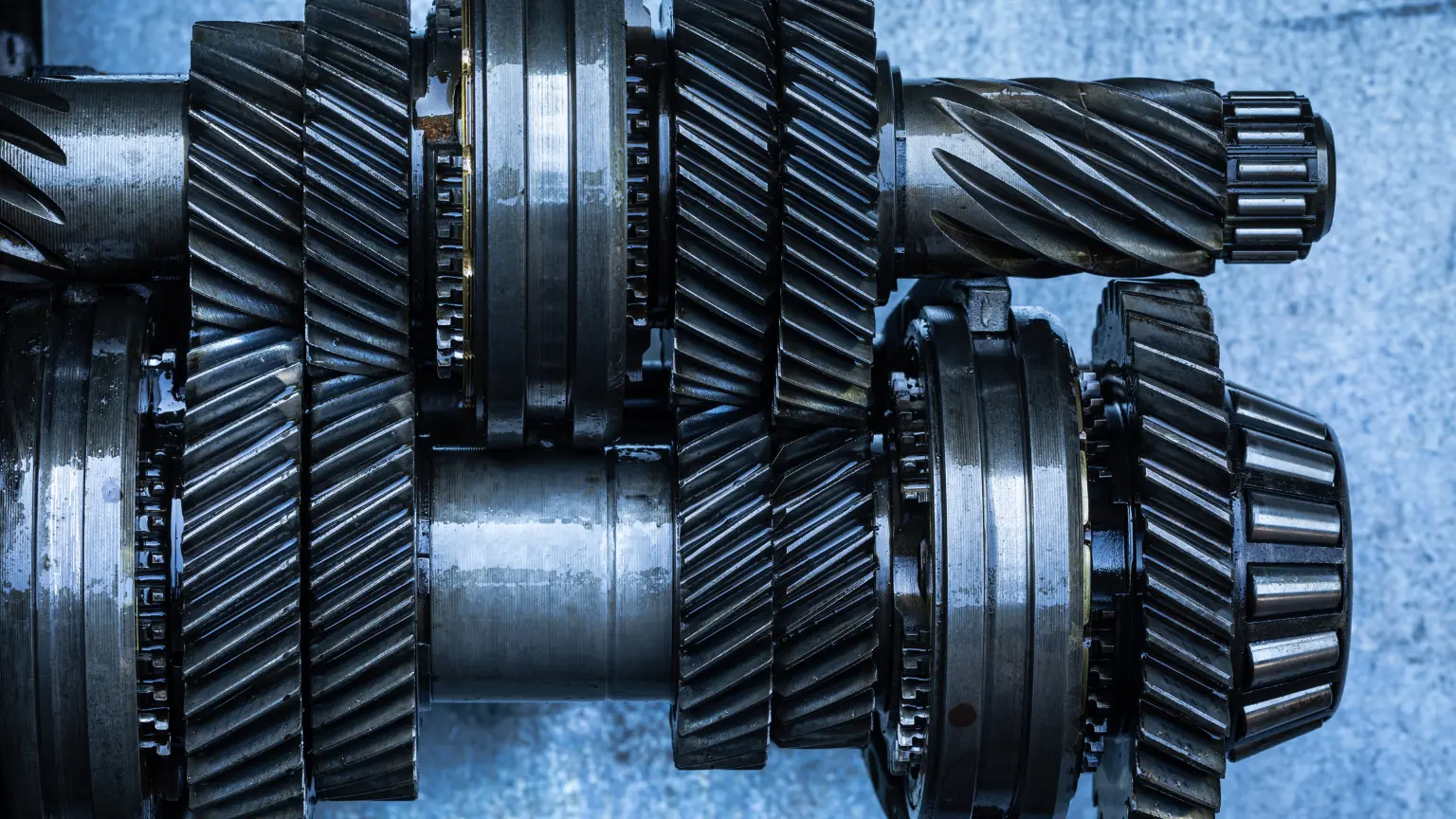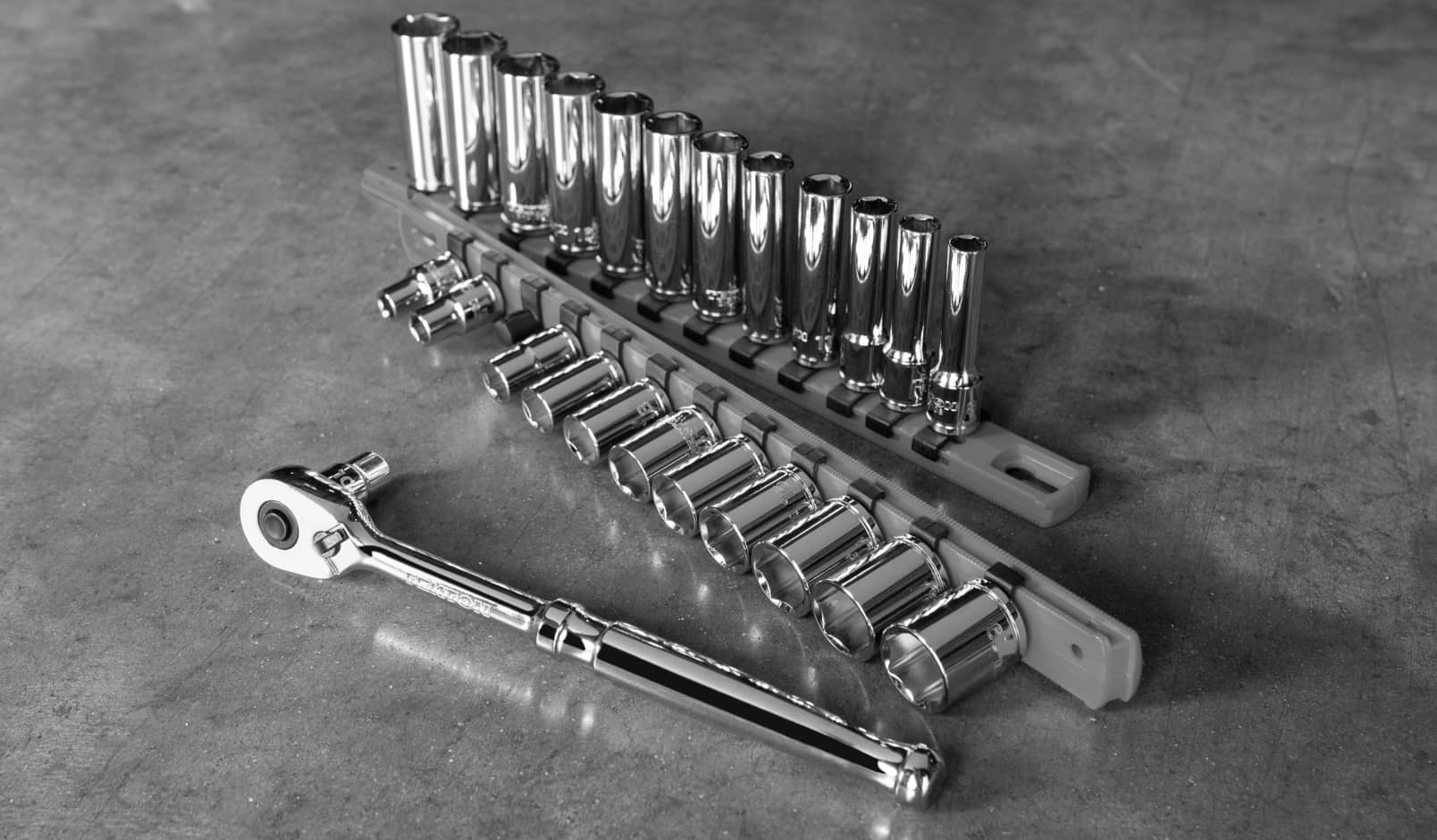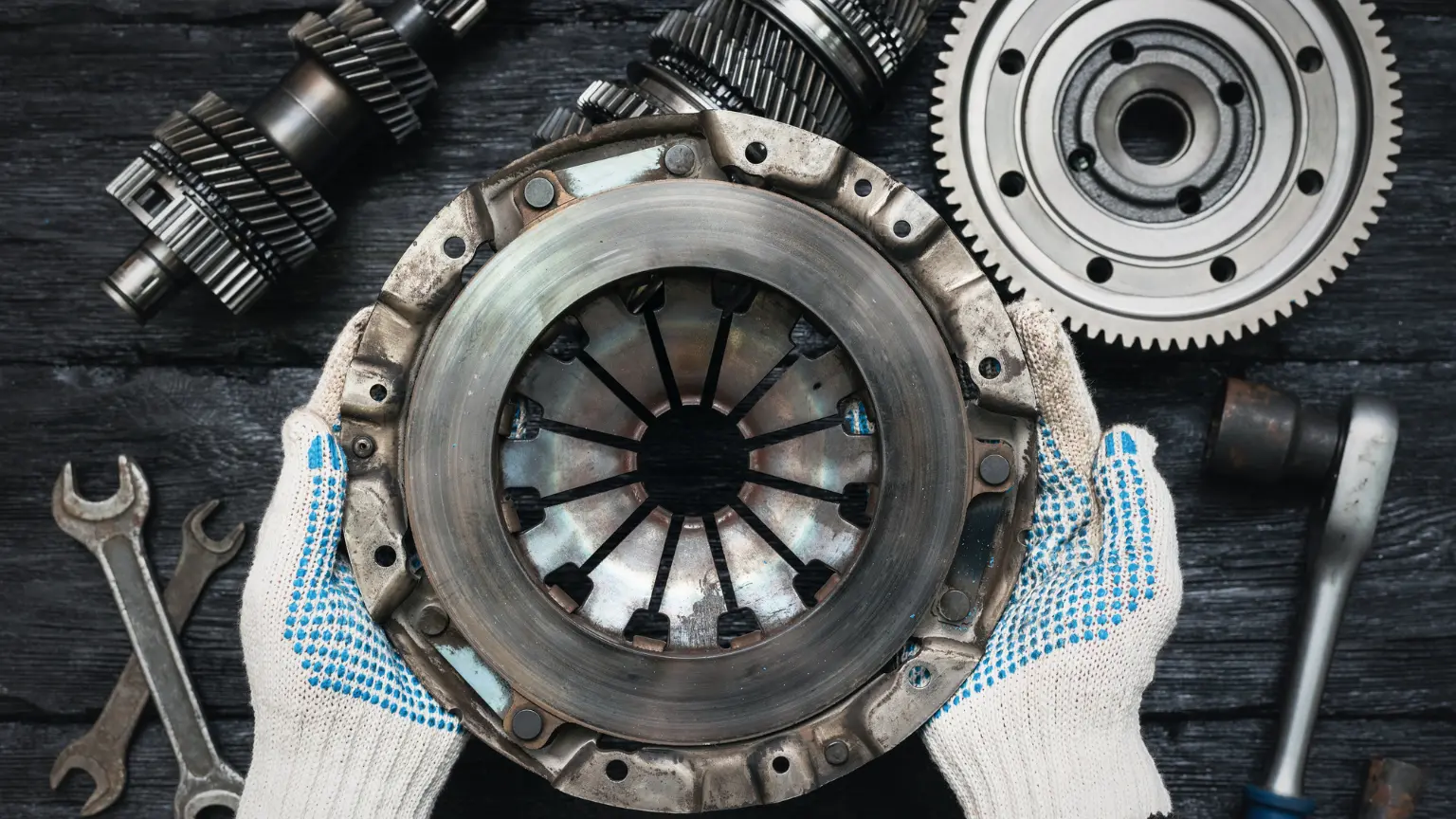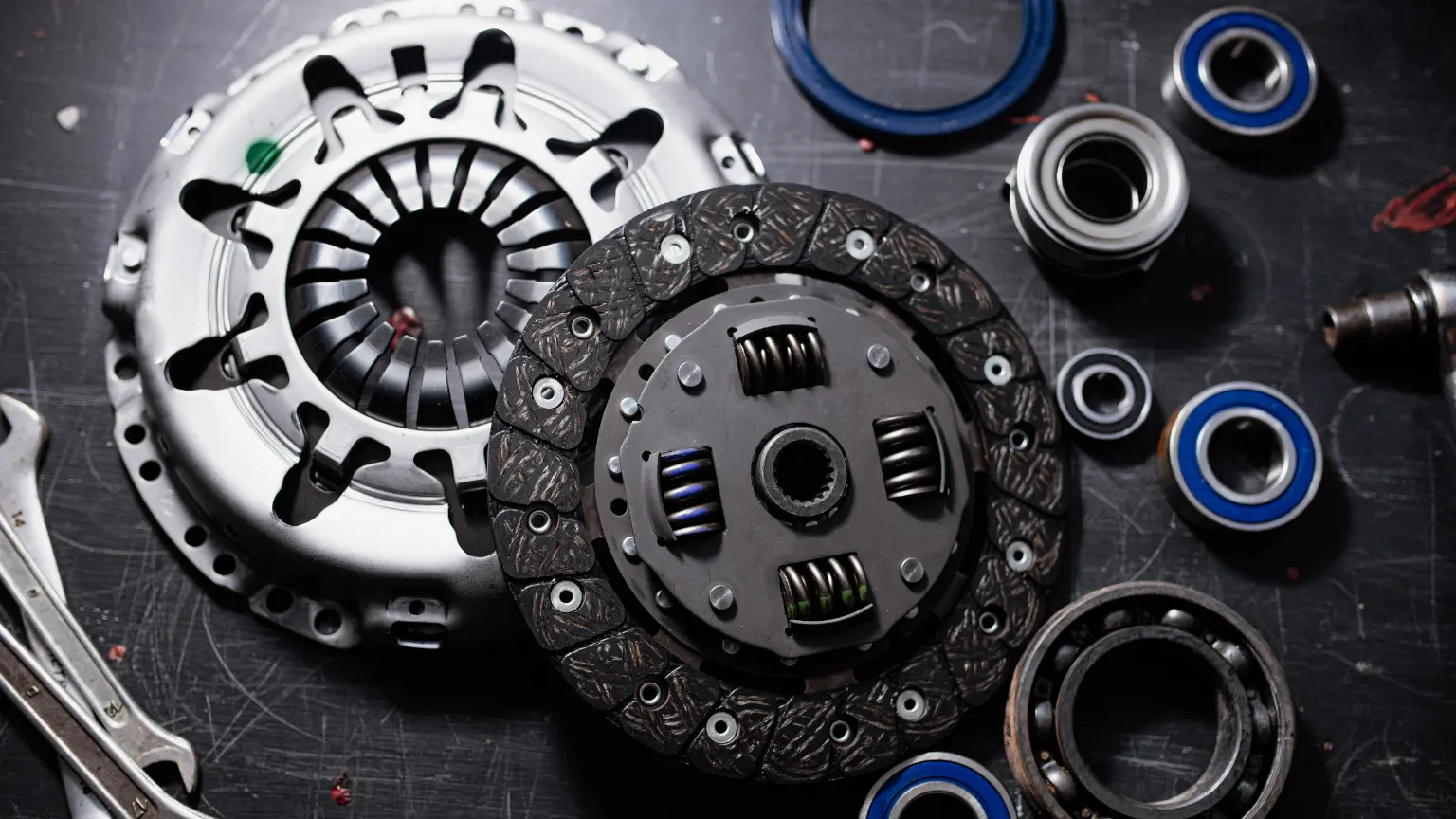Tips for Successful Transmission Rebuilds
Master transmission rebuilds with proven tips—from prep and disassembly through inspection, cleaning, reassembly, and testing—to ensure top performance and longevity.

Transmission rebuilds are a vital aspect of vehicle maintenance that can significantly extend the life and performance of a car. This process involves disassembling the transmission, diagnosing and addressing any issues, replacing worn-out components, and then reassembling it. Successful transmission rebuild tips are crucial for anyone undertaking this complex task. Whether you are a DIY enthusiast or a professional mechanic, understanding the intricacies of transmission rebuilds is crucial. A well-executed rebuild not only saves costs in the long term but also ensures the smooth functioning of your vehicle.
Preparing for a Transmission Rebuild
Every vehicle has its peculiarities, and so does its transmission. Before diving into the rebuild, take the time to understand your vehicle’s model, the type of transmission it has, and its common issues. Manuals are available for virtually every model and are invaluable in guiding you through the specifics. This understanding is crucial, as it shapes your approach and prepares you for the challenges you might face. It’s the first, yet most significant step in our journey of transmission rebuilds best practices. A successful rebuild relies on having the right tools and parts at your disposal. Begin by compiling a comprehensive list of everything you'll need. Here's a basic list to get you started:
- Basic Hand Tools: Wrenches, screwdrivers, pliers, and a torque wrench for precise tightening.
- Specialized Tools: A transmission jack, snap ring pliers, and seal pullers.
- Quality Replacement Parts: Gaskets, seals, bearings, and any gears or synchros showing wear.
- Cleaning Supplies: Parts cleaner, brushes, and rags for a thorough clean-up.
- Safety Gear: Gloves and eye protection for personal safety.
Remember, the right tools and parts are not just a requirement but a critical component of successful transmission rebuild tips. Now, before you begin the rebuild, create a detailed checklist. This should include every step of the process, every part that needs to be inspected and potentially replaced, and every tool you'll use. A transmission rebuild checklist serves as your roadmap, ensuring you don't overlook any critical aspect of the rebuild. It also helps in maintaining order and efficiency, making the process smoother and less overwhelming.
Your workspace can significantly impact the success of your rebuild. Ensure it's clean, well-lit, and spacious enough to organize parts and move around comfortably. Keep your tools and parts systematically arranged and within easy reach. A cluttered or cramped workspace can lead to mistakes and lost components. Remember, a well-organized environment is key to following the transmission rebuilds guide effectively.
Best Practices in Transmission Rebuilding
The disassembly of a transmission is a critical phase, demanding attention to detail and an organized method. Here’s a concise guide to a systematic disassembly:
- Document Everything: Before removing any part, take photos or videos. This documentation will be invaluable during reassembly.
- Label Components: As you remove parts, label them and their corresponding fasteners. This prevents confusion during reassembly.
- Maintain Order: Lay out the components in the order of disassembly. This logical sequence eases the reassembly process.
- Inspect As You Go: Each removed part should be carefully inspected for wear or damage. Make notes of what needs replacement or special attention.
- Cleanliness is Key: Keep the disassembled parts clean and organized. A clean work environment minimizes the risk of contamination or loss of small components.
Disassembling a transmission reveals its internal complexities. Components like gears, bearings, and synchros work in harmony, and even a small misstep can lead to significant issues. A methodical approach not only simplifies the process but also aligns with the top tips for transmission rebuilds, ensuring that each step is executed with precision and care.
Effective organization is not just about neatness; it's about creating an environment where reassembly is intuitive and error-free. This systematic approach prevents the frustration of missing parts and aligns with the transmission rebuilds do's and don'ts, emphasizing the importance of order and precision in this meticulous process. Every part you've removed must be cleaned thoroughly. Dirt, grime, or old transmission fluid can hide issues like cracks or wear. Use a quality parts cleaner and ensure each component is spotless before inspection. This not only helps in identifying potential problems but also ensures that your rebuild is as close to 'factory fresh' as possible. It’s a step that echoes the essence of avoiding mistakes in transmission rebuilds by ensuring that every component is in the best condition possible before reassembly.
Handling transmission components requires a balance of firmness and delicacy. For instance, forceful handling can damage delicate parts like seals and gaskets, while being too gentle might not reveal hidden issues in gears or shafts. Always use the right tools for the job, and consult your vehicle's manual for specific handling instructions. This adherence to transmission rebuilds best practices minimizes the risk of damage and ensures each component’s integrity is maintained throughout the rebuild process.
Handling Sensitive Components
Certain transmission components, like solenoids, valve bodies, and clutch assemblies, are particularly sensitive. These parts can be easily damaged by rough handling or contamination from dirt and debris. It's imperative to identify these components early in the disassembly process and handle them with utmost care. Use clean gloves, and ensure your workspace is free from contaminants. This practice is not just about care; it's about honoring the professional transmission rebuild techniques that distinguish a satisfactory rebuild from an exceptional one.
When you encounter worn or damaged parts, deciding whether to replace or repair them can be a dilemma. Always refer to the manufacturer's specifications and guidelines. If a part is beyond the recommended wear tolerance, it's advisable to replace it. For instance, friction materials and seals should always be replaced, as their integrity is crucial for the transmission's performance.
Reassembling a transmission is like piecing together a complex puzzle. Each component must be placed precisely and secured according to the manufacturer's torque specifications. Any deviation can lead to premature wear or even catastrophic failure. Use torque wrenches and follow the specified patterns for tightening bolts, especially on components like the valve body.
From the first bolt removed to the last one tightened, accuracy is your constant companion in a transmission rebuild. Double-check part alignments, ensure seals are seated correctly, and verify that all components are functioning as they should. Before the final assembly, a comprehensive review of every step and component ensures that nothing has been overlooked. This thoroughness not only embodies the spirit of successful transmission rebuild tips but also sets the stage for a transmission that performs reliably and efficiently, just as it's intended to.
Tailored Advice for Different Transmission Types
Rebuilding a manual transmission requires a keen understanding of its components, like the clutch, gear synchronizers, and shift forks. Pay special attention to the wear patterns on the gears and synchronizers. These components are often the first to show signs of wear and can significantly affect the performance of the transmission. Ensure that all bearings are inspected and replaced if necessary, and always use high-quality lubricants. These practices are part of the transmission rebuilds guide specifically tailored for manual transmissions, aiming to restore their precise operation and durability.
Automatic transmissions are complex due to their hydraulic and electronic components. It's crucial to maintain the cleanliness of these passages and ensure all components are functioning correctly. Attention to detail during the assembly process, especially in aligning and securing the valve body, is critical. By adhering to these professional transmission rebuild techniques, you can significantly increase the reliability and performance of an automatic transmission.
Different vehicle models may require specific adaptation techniques during a transmission rebuild. This might involve the use of specialized tools or adjustment procedures unique to a particular make or model. It's important to consult the vehicle's service manual and seek manufacturer-specific guidelines.
Each type, whether manual, automatic, or even the more complex continuously variable transmissions (CVTs), presents unique challenges. For instance, CVTs require a deep understanding of belt and pulley dynamics. Recognizing and preparing for these challenges is essential. By embracing the essential transmission rebuild advice specific to each transmission type, you ensure a comprehensive and informed approach to the rebuild process, greatly enhancing the chances of a successful outcome.
Tips for DIY Transmission Rebuilders
Embarking on a DIY transmission rebuild begins with thorough research and preparation. Familiarize yourself with your vehicle's type and gather all necessary documentation, such as repair manuals and parts diagrams. Investing in quality tools and organizing your workspace can significantly streamline the process. While a DIY approach can be rewarding, recognizing the limits of your expertise is crucial for a successful rebuild. If you encounter complex electronic issues or if the rebuild requires specialized equipment, seeking professional assistance might be the wisest choice. This doesn't mean abandoning the DIY route, but rather understanding that certain aspects of transmission rebuilds might benefit from professional intervention, ensuring the longevity and reliability of your rebuild.
Common pitfalls in DIY transmission rebuilds include overlooking small components, incorrect installation of parts, and inadequate torque application. To avoid these, maintain a clean and organized workspace, follow the transmission rebuild checklist meticulously, and double-check every component during assembly. Consulting forums, instructional videos, and fellow DIY enthusiasts can provide additional insights and help in circumventing common mistakes, embodying the essence of DIY transmission rebuild tips.
In the digital age, an abundance of resources is available for DIY transmission rebuilders. Online forums, detailed tutorials, and instructional videos can provide valuable guidance and tips. Engaging with these resources not only enhances your understanding but also connects you with a community of enthusiasts and professionals. Leveraging these resources effectively can bridge the gap between novice and experienced rebuilders.
Strengthen Your Shop with Business Support Resources and Strategies
To thrive in today’s competitive automotive landscape, auto repair shops need more than just technical expertise. They require a robust foundation of business support and operational strategies. Leveraging specialized support services, such as industry-specific consulting, accounting, and marketing assistance, can help streamline day-to-day operations and boost overall profitability.
Insights into Professional Transmission Rebuild Techniques
Professionals in the field often employ advanced diagnostic tools and techniques to pinpoint issues accurately before the rebuild process even begins. Hydraulic pressure tests, for instance, can reveal hidden problems within the transmission that might not be apparent during a standard inspection. Learning and, if possible, incorporating these advanced diagnostic methods can significantly enhance the accuracy of your rebuild, aligning with the professional transmission rebuild techniques that set experts apart.
Professional-grade tools like transmission holding fixtures, pressure testers, and specialized pullers ensure precision and prevent damage to delicate components. While some of these tools might represent a significant investment, their contribution to a flawless rebuild process can be invaluable, reflecting a commitment to the transmission rebuild best practices. Staying informed about the latest industry practices and standards is crucial for anyone involved in transmission rebuilds. This might involve participating in professional workshops, attending trade shows, or becoming a member of professional associations. Engaging with the industry not only keeps you updated on the latest techniques and tools but also deepens your understanding of successful transmission rebuild tips, ensuring that your rebuilds meet the highest standards of quality and reliability.
Choosing a Transmission Supplier: Key Factors for Auto Repair Shops and Customers
When selecting a transmission supplier, both auto repair shops and customers should prioritize several critical factors to ensure long-term satisfaction and vehicle reliability. The quality of the transmissions offered is paramount. Look for suppliers that manufacture or remanufacture units to precise OEM specifications and utilize high-grade components. Reliability is equally important; a reputable supplier should have a proven track record of delivering durable products that minimize the risk of comebacks and costly rework. Additionally, consider the range of service offerings, such as fast shipping, comprehensive support, and clear core return procedures, which can streamline operations and reduce downtime. Suppliers who offer value-added services, such as technical assistance, installation guidance, or the inclusion of necessary fluids and components, can further simplify the process. Choosing a supplier that aligns with your standards for quality, reliability, and service will enhance shop productivity and customer satisfaction.
Value of Warranties and Customer Assurance Programs
Warranties and customer assurance programs play a crucial role in establishing trust and long-term satisfaction between auto repair shops and their clients. Comprehensive warranty coverage not only protects customers from unexpected repair costs but also demonstrates the shop’s confidence in the quality of its work. For repair shops, offering robust warranties can serve as a powerful selling point, helping to attract new business and foster customer loyalty. Robust customer assurance programs minimize disputes and streamline the claims process, resulting in smoother operations and an enhanced reputation for reliability and professionalism within the industry.
Frequently Asked Questions About Remanufactured and Rebuilt Transmissions
Understanding remanufactured and rebuilt transmissions can be confusing for both professionals and vehicle owners.
What is the difference between a remanufactured and a rebuilt transmission?
A remanufactured transmission is fully disassembled, cleaned, and rebuilt to meet or exceed OEM standards, while a rebuilt transmission typically replaces only failed components without a complete overhaul.
Are remanufactured transmissions reliable?
Yes, remanufactured transmissions are thoroughly tested and often include upgraded components, making them highly reliable and comparable to new units in terms of performance and longevity.
What is included with a remanufactured transmission?
Remanufactured transmissions usually arrive as complete assemblies, including the torque converter, updated valve body, critical electronics, and any necessary vehicle-specific upgrades or fluids for installation.
How long does a rebuilt or remanufactured transmission last?
With proper installation and regular maintenance, both rebuilt and remanufactured transmissions can last many years, often providing service life comparable to a brand-new transmission.
Can I install a remanufactured transmission myself?
While it’s possible for experienced DIYers, installing a remanufactured transmission requires specialized tools and knowledge. Professional installation is recommended to ensure proper fit and function.
Is a core deposit required when purchasing a remanufactured transmission?
Most suppliers require a core deposit, which is refunded when the original transmission is returned in acceptable condition within a specified period, making the transaction smoother for customers.
Do remanufactured transmissions come with a warranty?
Yes, reputable suppliers offer comprehensive warranties, often covering parts, labor, and shipping, to provide peace of mind and protect against unexpected issues after installation.
Can remanufactured transmissions be used in all vehicles?
Remanufactured transmissions are available for most automatic and manual vehicles, but it’s important to confirm compatibility with your specific make and model before purchasing.
What should I do if I experience issues after installation?
Contact your supplier or installer promptly. Most warranties include a straightforward claims process to address problems efficiently and minimize vehicle downtime.
Are remanufactured transmissions better than used or lightly rebuilt units?
Remanufactured transmissions are generally superior, as they are rebuilt to strict standards, include updated components, and undergo thorough testing—offering greater reliability than used or lightly rebuilt options.
Whether you're a seasoned professional or a passionate DIY enthusiast, the world of transmission rebuilds offers a challenging but rewarding path. Restore your vehicle’s performance and reliability with expert transmission rebuilds from Gresham Transmission Medic. Armed with the right tools, a meticulous approach, and a thirst for knowledge, you're well on your way to mastering the art of transmission rebuilds, ensuring each vehicle you work on is met with expertise, care, and a commitment to excellence.
Follow a maintenance program
Ante gravida id aenean quis egestas risus nam amet nullam leo diam diam aliquam eu eu malesuada arcu rhoncus suspendisse nulla mattis ut amet sagittis in justo egestas.

search for a trusted mechanic
Lorem ipsum dolor sit amet, consectetur adipiscing elit lobortis arcu enim urna adipiscing praesent velit viverra sit semper lorem eu cursus vel hendrerit elementum morbi curabitur etiam nibh justo, lorem aliquet donec sed sit mi dignissim at ante massa mattis.
- Neque sodales ut etiam sit amet nisl purus non tellus orci ac auctor
- Adipiscing elit ut aliquam purus sit amet viverra suspendisse potent
- Mauris commodo quis imperdiet massa tincidunt nunc pulvinar
- Excepteur sint occaecat cupidatat non proident sunt in culpa qui officia
Check the air pressure in your tires
Vitae congue eu consequat ac felis placerat vestibulum lectus mauris ultrices cursus sit amet dictum sit amet justo donec enim diam porttitor lacus luctus accumsan tortor posuere praesent tristique magna sit amet purus gravida quis blandit turpis.
Review your suspension frequently
At risus viverra adipiscing at in tellus integer feugiat nisl pretium fusce id velit ut tortor sagittis orci a scelerisque purus semper eget at lectus urna duis convallis. porta nibh venenatis cras sed felis eget neque laoreet suspendisse interdum consectetur libero id faucibus nisl donec pretium vulputate sapien nec sagittis aliquam nunc lobortis mattis aliquam faucibus purus in.
- Neque sodales ut etiam sit amet nisl purus non tellus orci ac auctor
- Adipiscing elit ut aliquam purus sit amet viverra suspendisse potent
- Mauris commodo quis imperdiet massa tincidunt nunc pulvinar
- Excepteur sint occaecat cupidatat non proident sunt in culpa qui officia
Service your vehicle as regularly as posible
At risus viverra adipiscing at in tellus integer feugiat nisl pretium fusce id velit ut tortor sagittis orci a scelerisque purus semper eget at lectus urna duis convallis. porta nibh venenatis cras sed felis eget neque laoreet suspendisse interdum consectetur libero id faucibus nisl donec pretium vulputate sapien nec sagittis aliquam nunc lobortis mattis aliquam faucibus purus in.
“Nisi quis eleifend quam adipiscing vitae aliquet bibendum enim facilisis gravida neque velit euismod in pellentesque”
Conclusion
Eget lorem dolor sed viverra ipsum nunc aliquet bibendum felis donec et odio pellentesque diam volutpat commodo sed egestas aliquam sem fringilla ut morbi tincidunt augue interdum velit euismod eu tincidunt tortor aliquam nulla facilisi aenean sed adipiscing diam donec adipiscing ut lectus arcu bibendum at varius vel pharetra nibh venenatis cras sed felis eget.


